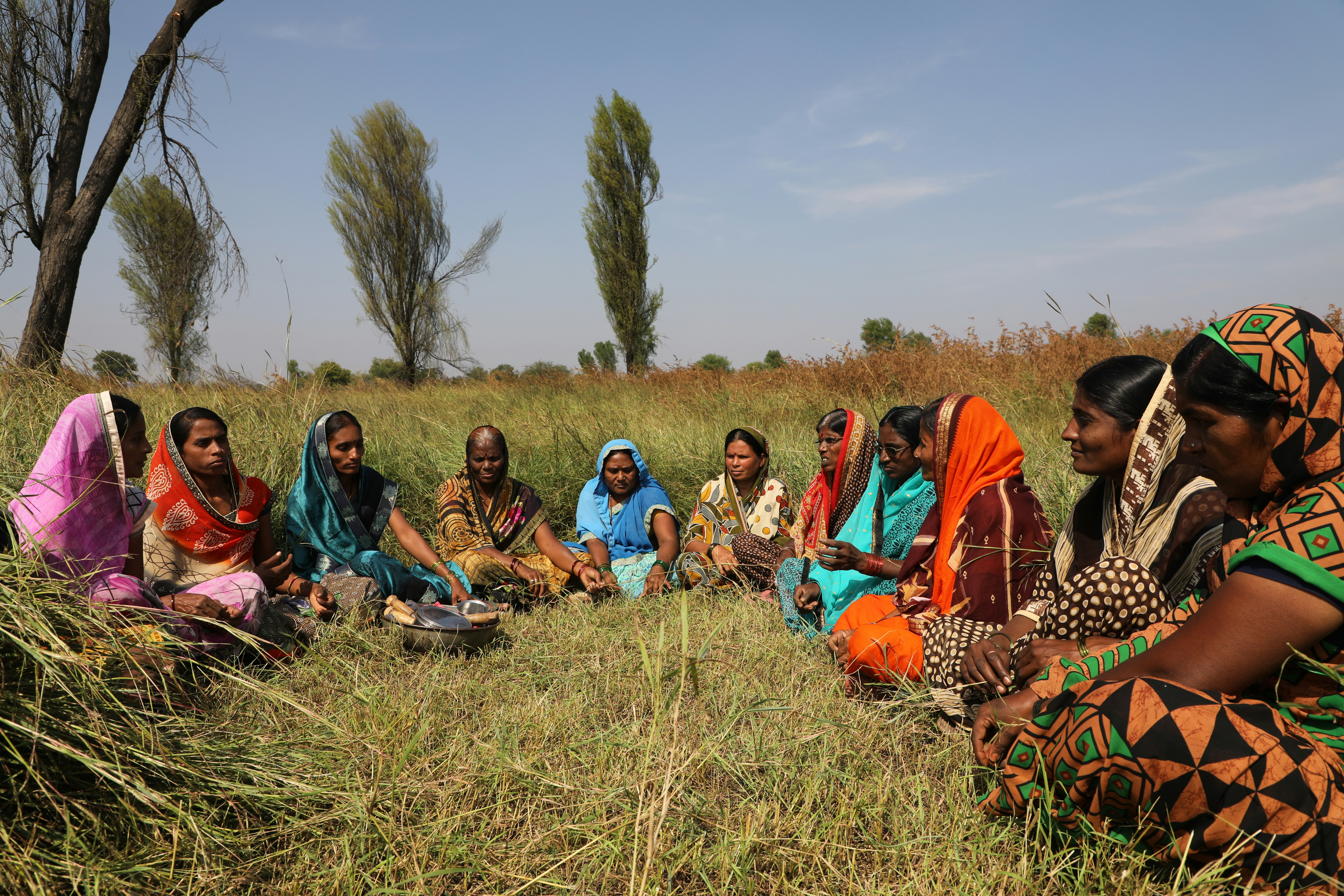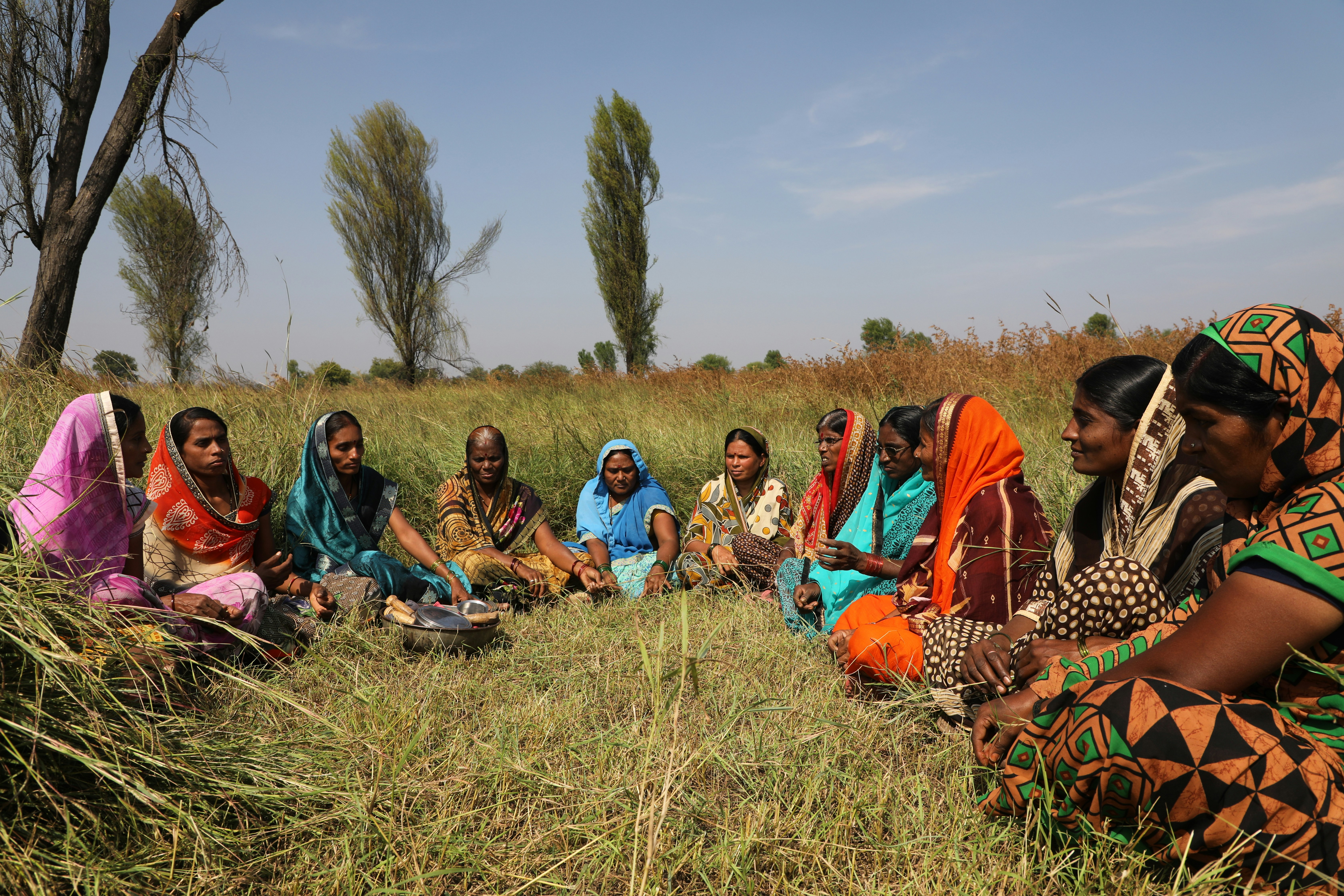Introduction
Welcome to the enchanting world of rural India! In this blog post, we will embark on a captivating exploration of the diverse and vibrant life in India’s villages. From the unique cultural traditions to the social dynamics and economic activities, we will delve into the rich tapestry that defines the daily rhythms of village existence. So, let’s dive in and discover the hidden gems of rural India!
The Cultural Kaleidoscope
One of the most fascinating aspects of rural India is its cultural diversity. Each village is like a microcosm of traditions, customs, and rituals that have been passed down through generations. From colorful festivals to folk dances and music, the cultural kaleidoscope of rural India is a sight to behold.
Take, for example, the harvest festival of Baisakhi in Punjab. The entire village comes alive with vibrant celebrations, where people dance to the beats of the dhol and perform traditional bhangra and giddha dances. The air is filled with joy and the aroma of delicious food, as villagers come together to celebrate the abundance of the harvest season.
In the southern state of Kerala, the annual snake boat race, known as Vallamkali, is a spectacle that attracts people from far and wide. The rhythmic rowing of the long snake boats, accompanied by the cheering of spectators, creates an electrifying atmosphere. It is a testament to the spirit of unity and teamwork that is deeply ingrained in the village communities.
The Social Fabric
While urban areas often experience a sense of anonymity, rural India thrives on close-knit communities and strong social bonds. Villages are like extended families, where everyone knows each other and supports one another in times of joy and sorrow.
One of the key elements that strengthen the social fabric of rural India is the concept of “Gram Panchayat” or village council. The Gram Panchayat plays a vital role in decision-making, conflict resolution, and the overall development of the village. It serves as a platform for villagers to voice their concerns, share ideas, and collectively work towards the betterment of their community.
Moreover, the village elders, known as “Gram Pradhans,” hold immense respect and authority. Their wisdom and experience are highly valued, and they act as the guiding force for the entire village. Their words carry weight, and their decisions are often seen as a reflection of the collective will of the community.
Economic Activities and Livelihoods
Rural India is a land of diverse economic activities and livelihoods. Agriculture forms the backbone of the rural economy, with farmers toiling in the fields to cultivate a variety of crops such as rice, wheat, sugarcane, and cotton. The sight of farmers tending to their fields, with the backdrop of picturesque landscapes, is a common sight in rural India.
However, the economic landscape of rural India is not limited to agriculture alone. Many villages are hubs of skilled artisans and craftsmen who specialize in traditional handicrafts like pottery, weaving, woodwork, and metalwork. These artisans infuse their creativity and expertise into their craft, producing exquisite pieces of art that are cherished both locally and globally.
Furthermore, rural India is witnessing a surge in entrepreneurship and small-scale industries. Young entrepreneurs are setting up businesses ranging from organic farming and dairy production to eco-tourism and handicraft exports. These initiatives not only create employment opportunities within the villages but also contribute to the overall economic growth of the region.
Challenges and Opportunities
While rural India holds immense charm and potential, it also faces its fair share of challenges. Limited access to quality education and healthcare facilities, inadequate infrastructure, and the lack of employment opportunities are some of the pressing issues that need attention.
However, amidst these challenges, there are also opportunities for positive change. Initiatives like rural electrification, digital connectivity, and skill development programs are bridging the gap between rural and urban areas. They are empowering villagers to harness the power of technology and entrepreneurship, opening doors to new possibilities and a brighter future.
Preserving the Rural Heritage
As India rapidly urbanizes, it becomes crucial to preserve the rural heritage and way of life. The unique traditions, cultural practices, and ecological wisdom that thrive in villages are invaluable treasures that need to be protected.
Efforts are being made to promote sustainable tourism in rural areas, allowing visitors to experience the authentic rural lifestyle while contributing to the local economy. These initiatives not only provide an alternative source of income for villagers but also create awareness about the importance of preserving the rural heritage for future generations.
Conclusion
Life in India’s villages is a harmonious symphony of cultural diversity, social bonds, and economic activities. It is a world where traditions are cherished, communities are closely knit, and the rhythms of daily life are intertwined with the cycles of nature. By embracing the beauty and potential of rural India, we can ensure that the rural rhythms continue to resonate for generations to come.
Enter your email to get the Latest Updated Exploring News and Topics
Discover more from atozexplore.com
Subscribe to get the latest posts sent to your email.







